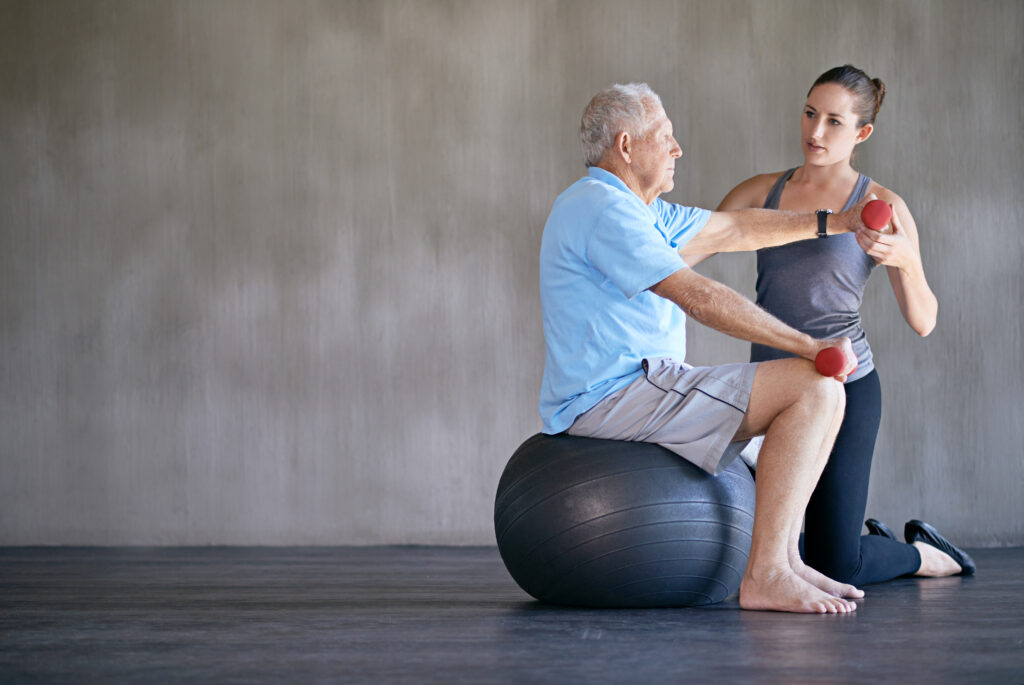Standard
The physiotherapist complies with current infection prevention and control best practices, including those in line with Public Health Ontario’s Provincial Infectious Diseases Advisory Committee (PIDAC) recommendations, to support the health and safety of patients, healthcare providers, themselves, and others.
Expected outcome
Patients can expect that the measures in place for infection prevention and control during the provision of physiotherapy services comply with applicable legislation, regulatory requirements, standards, guidelines, and best practices.
Performance expectations
The physiotherapist:
- Acquires education, training, and proficiency regarding best practices of infection prevention and control relevant to their practice.
- Applies infection prevention and control techniques and Routine Practices relevant to their physiotherapy practice consistently and effectively. This includes:
- Conducting a Point of Care Risk Assessment prior to each patient interaction.
- Employing the personal protective equipment indicated by the Point of Care Risk Assessment.
- Completing effective hand hygiene before and after each client interaction.
- Practicing effective respiratory hygiene.
- Ensures all physiotherapy spaces and equipment are cleaned and disinfected prior to patient use.
- Disposes of devices and materials according to best practices and established protocols.
- Follows manufacturer’s specifications, relevant legislation, and Public Health Ontario standards and policies for the use, cleaning, disinfection and reprocessing of equipment and devices.
- Documents and retains details of reprocessing and sterilization of reusable critical and semi-critical medical equipment including parameters used.
- Is aware of and fulfills their legislated responsibilities regarding worksite safety, in accordance with Ontario’s Occupational Health and Safety Act (1990).
Definitions
- Infection prevention and control
-
Measures practiced by healthcare personnel intended to prevent spread, transmission and acquisition of infectious agents or pathogens between patients, from healthcare workers to patients, and from patients to healthcare workers in the healthcare setting.
- Personal protective equipment (PPE)
-
Items in place for infection prevention and control, such as masks, gloves, gowns, and goggles.
- Point of Care Risk Assessment (PoCRA)
-
A routine practice that should be conducted by a physiotherapist before every patient interaction to assess the likelihood of exposing themselves and/or others to infectious agents. The Point of Care Risk Assessment informs the physiotherapist’s use of PPE and other infection control measures.
- Risk
-
Something that may cause injury or harm or the state of not being protected from injury or harm. Patients encounter risk of harm each time they seek health care services. Some risks are directly related to assessment procedures and interventions, while others relate to environmental factors or are sector specific.
- Routine Practices
-
The system of infection prevention and control practices to be used with all patients during all care to prevent and control transmission of microorganisms in all clinical office settings.




